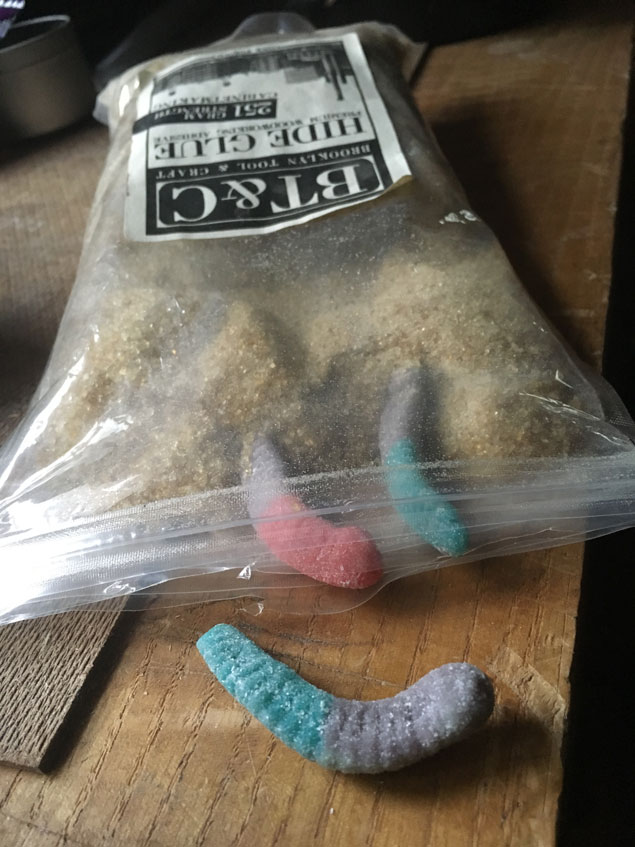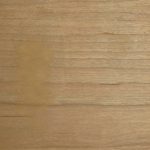We may receive a commission when you use our affiliate links. However, this does not impact our recommendations.
Hide glue is one of those simple and natural products that is intertwined with our lives in many ways, much like shellac is.
The core ingredient in hide glue will gross out your children: it’s the cartilage, connective tissue and bones of cattle or other animals. When cooked down, the resulting product makes the most versatile woodworking glue ever invented (it’s reversible and can be modified easily to do different tricks).
We call it “gelatin,” and it’s the foundation of many other products in our daily lives.
Pharmaceuticals. If you take pills, you consume the raw ingredient in hide glue. Gelatin is used in making both tablets and capsules. And if you take soft pills or vitamins, that’s hide glue as well. So feel better by taking your dessicated carcass pills.
Beauty products. I hate it when I get hide glue in my hair in the shop. But some people put it there intentionally with beauty products, including some hair gels. It’s also used in many skin care products. So get beautiful by slathering on some dead cow creme.
Food. You’ll find gelatin in ice cream, Jell-O, marshmallows, yogurt, Peeps (and you thought they were birds), Skittles, sugar-frosted cereals, yogurt and even some frozen vegetables sold in bags. And yes, it’s used in most gummy things: bears, worms, fish etc.
In fact, I know a woodworker who received a gift from a nearby gummy bear factory: several huge containers filled with gelatin. He uses it in his glue pot and assembles gorgeous pieces of furniture with it. And every time I think of him and his work, I can imagine him saying to his customers: “I build my furniture using only the finest woods, bug excretions and gummy bears.”
— Christopher Schwarz
Here are some supplies and tools we find essential in our everyday work around the shop. We may receive a commission from sales referred by our links; however, we have carefully selected these products for their usefulness and quality.











Also:
– HG’s first know use between 2,686 and 2182 BC and thats more than 4,000 years ago.
– adding salt or urea extends the setting time and reduces setting temperature.
– So can be used for rubbed joints.
– sets fast (unless urea or salt added) so can make jointed edges quickly.
– not waterproof yet nor are most glues.
– can be made waterproof by adding aluminium sulphate.
– can be used to make a filler.
– doesn’t creep like most “modern” glues.
– can be made flexible by adding glycerine.
– does not react with finishes.
– dent leave any marks to show under a finish.
– best gap filling properties.
– joints can be disassembled however large surface area glued surfaces take a lot of ungluing.
– loose joints can sometimes be repaired by injecting hot water or more glue. So preserves valuable antiques.
– allows me to veneer wood using a simple shop-made “hammer”.
– I can easily make it myself.
I expect I have forgotten to include something but even then I NEVER use anything else.
Yes, discovered by Linus Pauling because of vitamin C’s role in scar tissue (when you have scurvy, your old wounds open up as your body scavenges the vitamin C from them).
So my question is:
Given that vitamin C crosslinks Lysine between strands of collagen, will adding Vitamin C to my hide glue make it stronger?
I agree that it’s a little gross to think about connective tissue simmering in a pot but I still love a good pot pie.
Collagen is really a beautiful molecule. There are three strands of protein with a left-handed twist. Those three strands are wrapped in a larger right handed twist. It’s basically a tiny thread of sticky 3-stranded rope and it’s easy to imagine why this makes a great glue. This protein structure was discovered by Linus Pauling, the vitamin-C guy. He called it the alpha-helix and it laid the foundation for Watson, Crick and Rosalind Franklin who later discovered the structure of DNA.
This also laid the foundation for a guy named Longfatty, sixty years later, to finally make a connection between his Biophysics degree, his love for stewed meat and his woodworking hobby.
-L